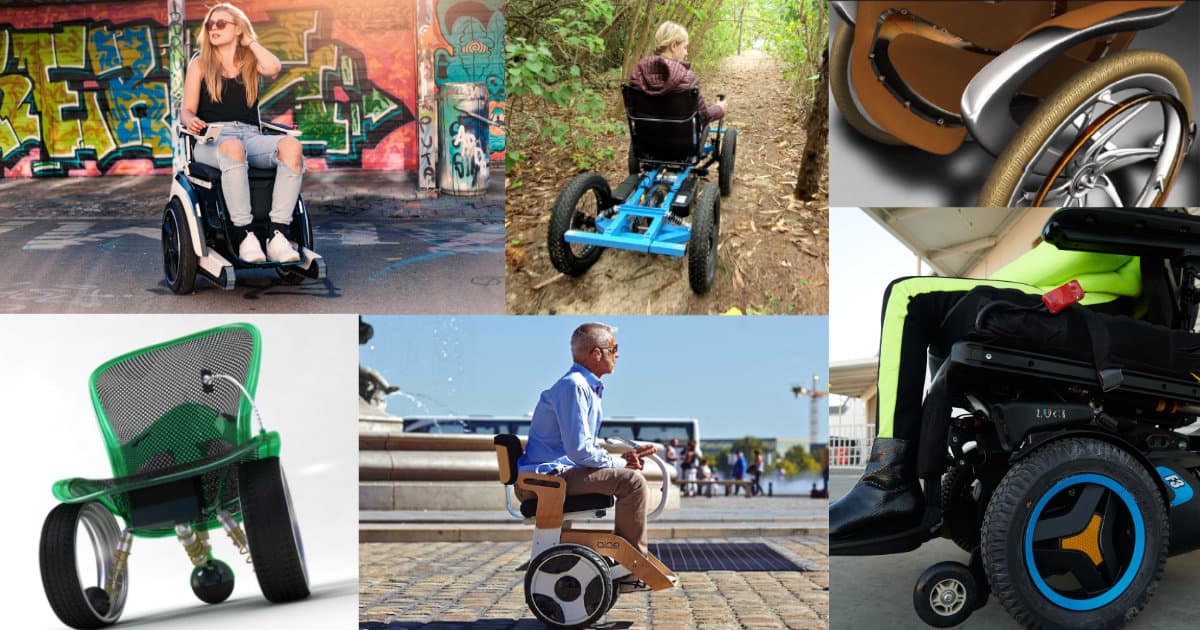The advent of electric wheelchairs has transformed lives, promoting independence and improving mobility. This article aims to provide a comprehensive understanding of modern electric wheelchairs, serving as a beginner’s guide.
Table of Contents
Understanding Electric Wheelchairs
What are Electric Wheelchairs?

Electric wheelchairs, also known as power chairs, are mobility aids driven by motors and batteries. They are an essential aid for individuals with limited mobility or physical disabilities, offering them enhanced freedom of movement.
Electric Wheelchairs vs. Manual Wheelchairs
Electric wheelchairs offer more advanced features compared to manual wheelchairs. They do not require physical strength or assistance to operate, instead, they use electric power. This distinction significantly improves the user’s independence and comfort.
History and Evolution of Electric Wheelchairs
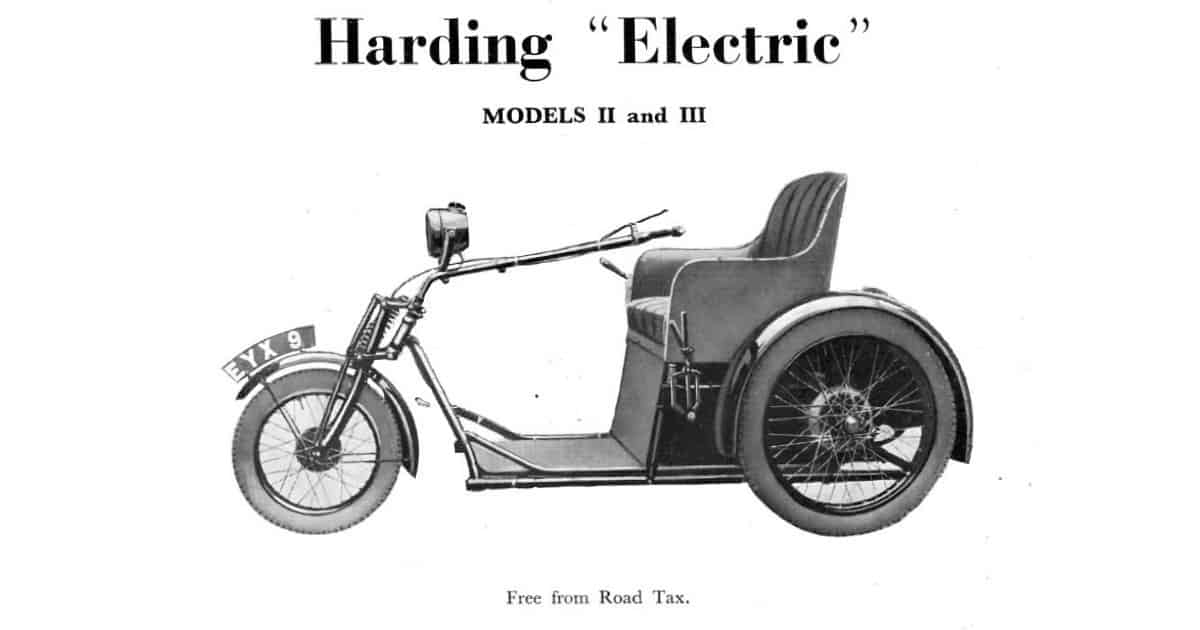
The journey of electric wheelchairs began in the 1950s. Since then, they’ve evolved immensely in terms of functionality, comfort, and design, thanks to continuous research and technological advancements.
Notable inventors, like George Klein, contributed to their development. Corporations such as Invacare, Permobil, and Pride Mobility, have also played a significant role in advancing wheelchair technology.
Different Types of Electric Wheelchairs
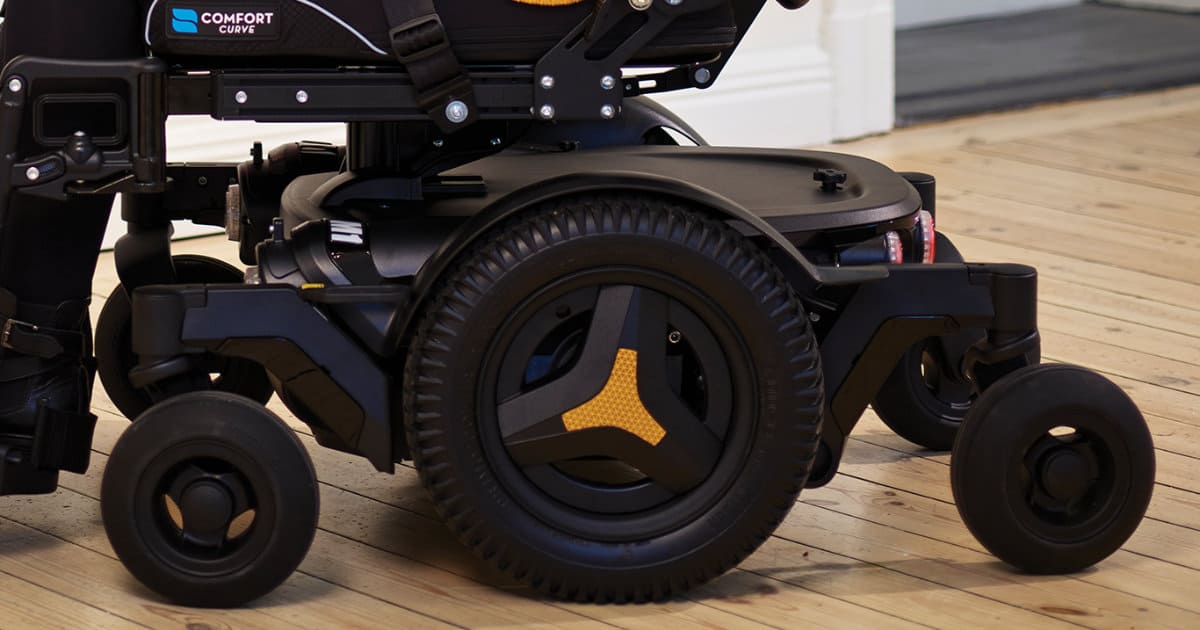
Center-Wheel Drive Wheelchairs
Center-wheel drive electric wheelchairs have their main wheels located directly beneath the user. They offer a tight turning radius, making them perfect for indoor use. However, their outdoor performance can sometimes lag.
Front-Wheel Drive Wheelchairs
Front-wheel drive models have the drive wheels located at the front of the chair. They are adept at climbing over small obstacles and work well outdoors, but they may not turn as tightly as center-wheel drive chairs.
Rear-Wheel Drive Wheelchairs
Rear-wheel drive wheelchairs have their drive wheels at the back, which traditionally provides more speed. They offer a smooth and stable ride but have a larger turning radius than other types.
Key Components of Electric Wheelchairs

Batteries
Electric wheelchairs use rechargeable batteries, most commonly lead-acid, gel, or lithium-ion batteries. The choice of battery impacts the wheelchair’s range, weight, and recharge time.
Motors
Electric wheelchair motors are typically DC types and are crucial for the chair’s performance. The motor’s power output directly impacts the speed and torque of the wheelchair.
Controls
Most electric wheelchairs use a joystick for navigation. However, other control methods are available for those who can’t use a joystick, such as sip-and-puff controls, head controls, or switch controls.
Tires
Electric wheelchairs typically use pneumatic, semi-pneumatic, or solid tires. The choice depends on where the chair will be used. For example, pneumatic tires provide a smoother ride outdoors, while solid tires are more durable for indoor use.
Seating Systems
The seating system greatly affects user comfort. Modern wheelchairs offer customizable seating, including reclining or tilt-in-space features, to better fit the user’s body and needs.
Technology behind Electric Wheelchairs
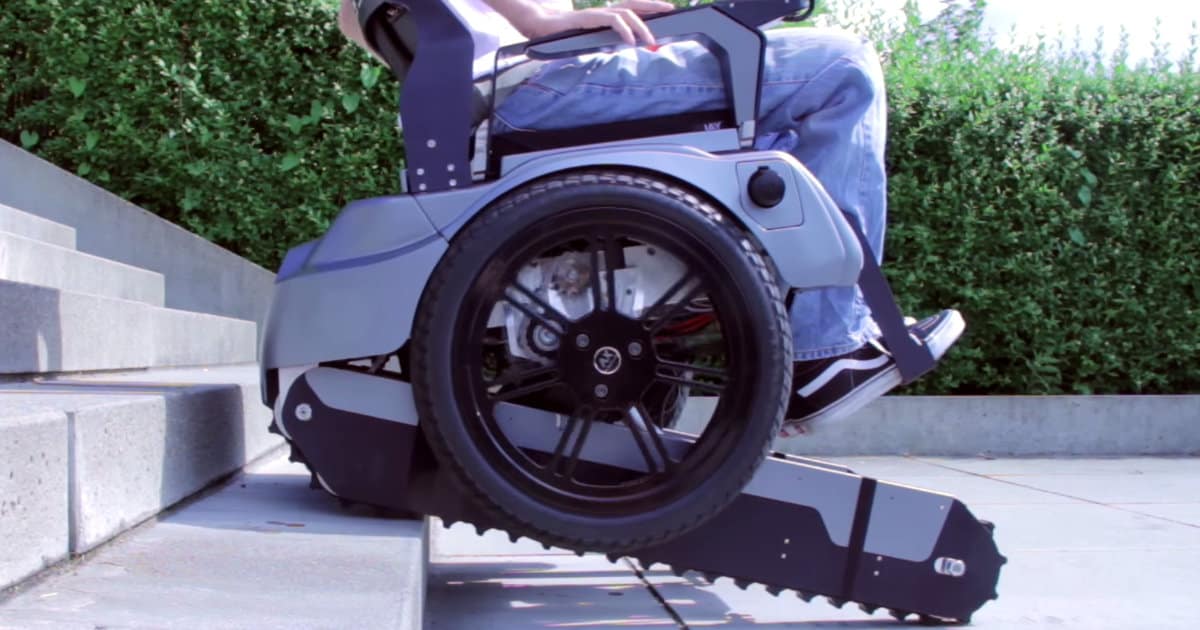
Electric wheelchairs rely on motor drive systems, often coupled with a gearbox, to provide smooth and consistent movement. Their batteries, often lead-acid or lithium-ion, store and provide the necessary power.
Controls range from simple joystick systems to more complex alternative systems for users with limited upper-body movement. Electronic braking systems, also known as regenerative brakes, provide safety by stopping the chair when the joystick is released.
Latest Innovations and Developments

AI-Driven Wheelchairs
Recent innovations have seen the integration of artificial intelligence (AI) in electric wheelchairs. These smart chairs can learn the user’s regular routes and autonomously navigate through them, drastically improving the user’s mobility.
Lightweight Materials
Newer models of electric wheelchairs are using lightweight materials like aluminum and carbon fiber. This reduces the chair’s weight, making it easier to transport and more energy-efficient.
Extended Battery Life
Advancements in battery technology have led to longer-lasting batteries. Lithium-ion batteries, in particular, have a higher energy density, allowing for extended use between charges.
Terrain Adaptability
Electric wheelchairs have seen improvements in terrain adaptability, enabling them to handle various surfaces more efficiently. Some modern wheelchairs can even climb stairs or navigate over rough terrains.
Choosing the Right Electric Wheelchair
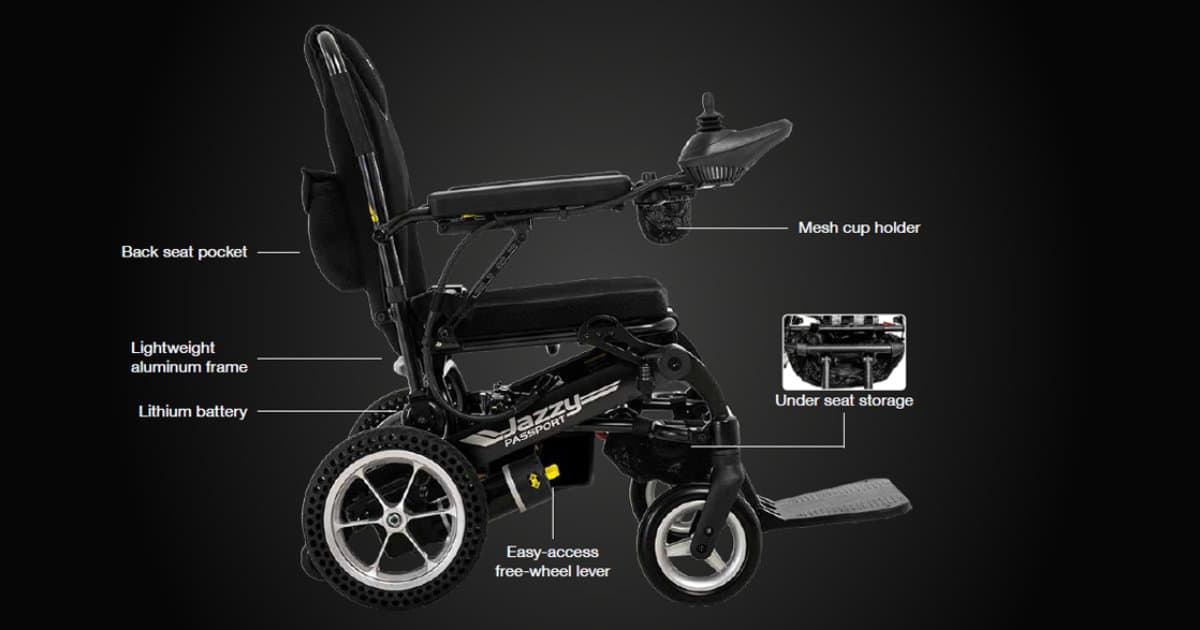
Factors to Consider
When choosing an electric wheelchair, consider user mobility, terrain, cost, durability, weight capacity, and personal comfort. For example, a user needing a chair for indoor use might prioritize a tighter turning radius, whereas outdoor users might prefer durability and terrain adaptability.
Popular Brands and Models
There are several popular and well-reviewed brands in the market, such as Invacare, Permobil, and Pride Mobility. Each offers a range of models tailored to different needs. Research and customer reviews can guide you in choosing the right brand and model.
Maintenance and Care of Electric Wheelchairs

Maintaining an electric wheelchair extends its lifespan and ensures its optimal performance. This includes regular cleaning, battery care, and timely professional check-ups.
Proper battery care is essential, as neglecting it can lead to reduced lifespan and performance. The wheelchair should also be cleaned regularly to avoid dust and dirt buildup, which can damage its components.
Legal and Safety Considerations

Laws and Regulations
Different countries and regions have laws and regulations concerning the use of electric wheelchairs. These may cover areas like speed limits, pavement usage, and necessary safety equipment.
Safety Tips
Safe operation of electric wheelchairs is crucial. Tips include maintaining a safe speed, using safety belts, and avoiding water exposure or challenging terrains without necessary adaptations.
Financial Assistance and Insurance
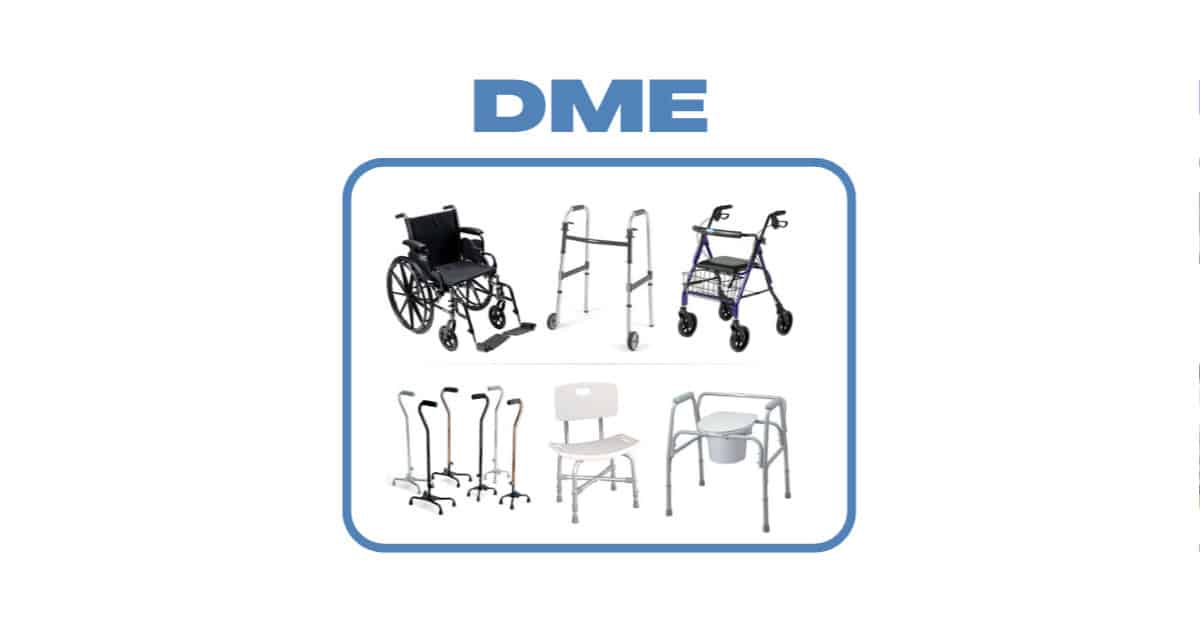
Financial aid options are available for purchasing electric wheelchairs. These can come from government assistance programs, nonprofit organizations, or through insurance coverage.
In the U.S., Medicare Part B often covers electric wheelchairs under its durable medical equipment provision. However, individual policies and coverage can vary, so it’s essential to check with your provider.
Future Trends and Predictions
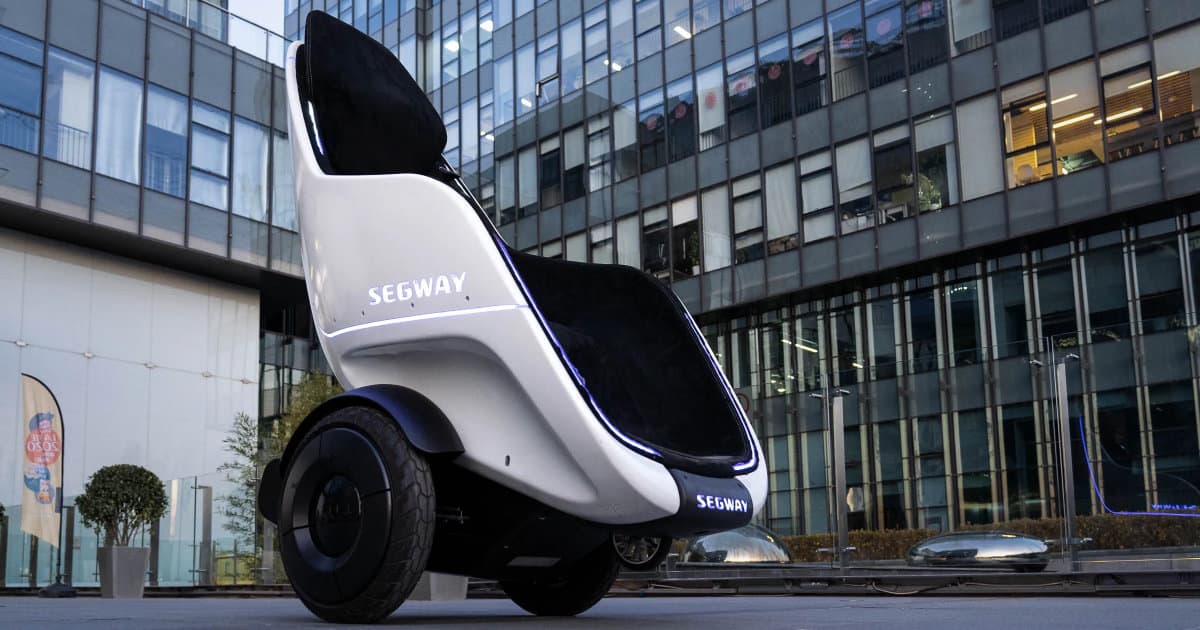
The future of electric wheelchairs holds exciting possibilities. As technology evolves, we expect to see chairs that are more autonomous, lighter, and even more tailored to individual needs.
Further advancements in battery technology might provide even longer usage times, and AI advancements may offer improved autonomy. As materials science advances, we may see chairs made from materials that are both lighter and more durable than today’s options.
Understanding electric wheelchairs can seem overwhelming, given the range of options and technologies involved. However, this guide provides a starting point to understand and choose the right electric wheelchair, contributing to better mobility and independence.
Frequently Asked Questions About Electric Wheelchairs
Electric wheelchairs, also known as power chairs, primarily come in three types: Center-wheel drive, rear-wheel drive, and front-wheel drive. Each type has its unique advantages. Center-wheel drive wheelchairs offer superior maneuverability, rear-wheel drive models are stable at higher speeds and straightforward to control, while front-wheel drive variants excel in versatility and handling rough terrains.
Key features to consider include speed, weight capacity, turning radius, adjustability, control options, and user comfort. Speed and weight capacity should correspond to the user’s needs. The turning radius impacts maneuverability in tight spaces. Adjustability refers to customizable seating and control positions, and control options should align with the user’s physical capabilities. Comfort is also a vital factor, influenced by aspects like seat cushioning and ergonomic design.
The battery life of an electric wheelchair depends on several factors, including usage patterns and battery type. On average, most power chairs equipped with two 12-volt batteries offer a range of about 10-20 miles per charge. However, frequent high-speed travel and heavy loads can reduce battery life. Regular charging, even when the chair is not in use, helps to maintain battery health.
Proper maintenance of an electric wheelchair extends its lifespan and ensures optimal performance. Regular cleaning, particularly of the wheels and controls, is crucial. Battery care includes routine charging and avoiding complete discharge. Moreover, periodic checks should be conducted for tire wear and tear, loose parts, and the functionality of controls. When problems are detected, professional servicing is recommended.
Electric Wheelchairs In The News
Nino Robotics Receives Electric Wheelchairs Investment
Sources
Action Trackchair: Website
LUCI: Website
Permobil: Website
Scewo: Website
Segway: Website
